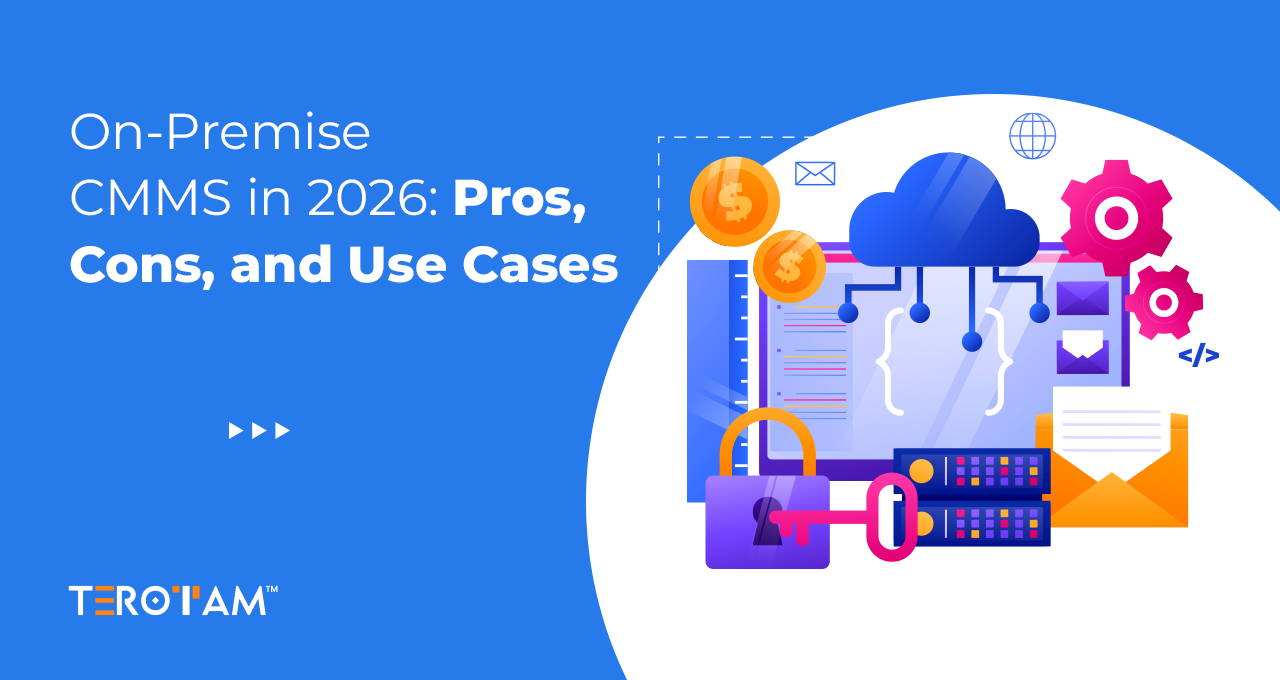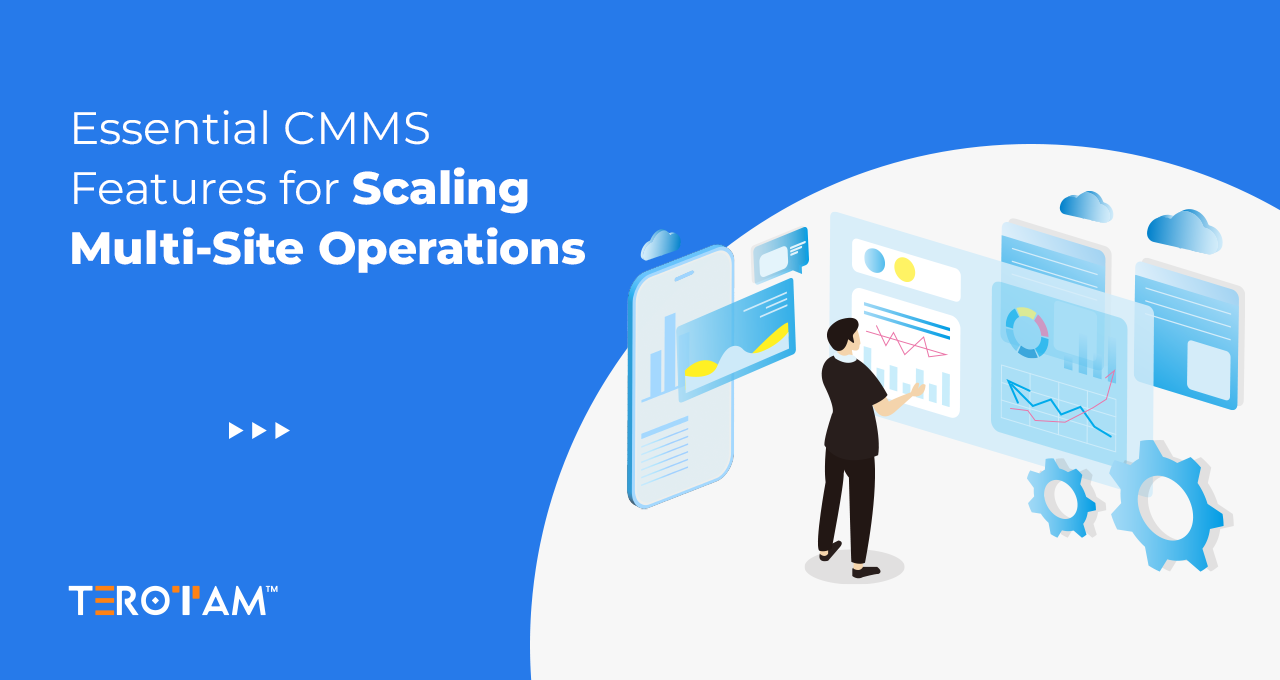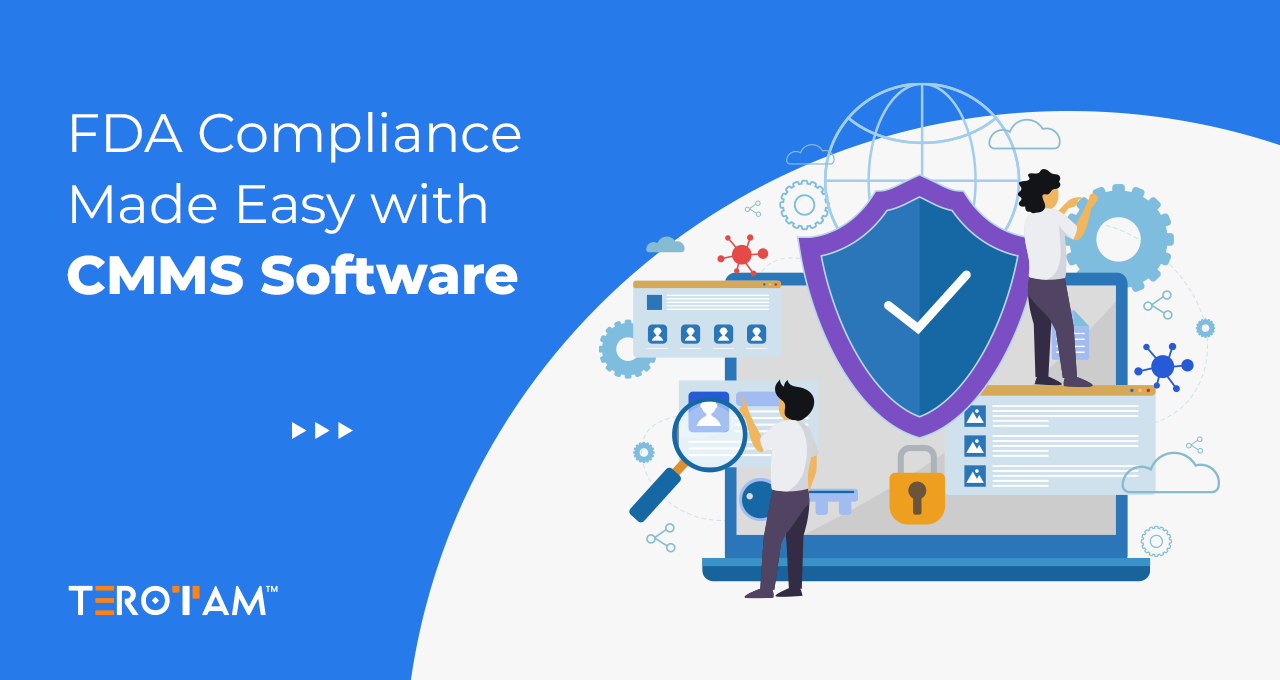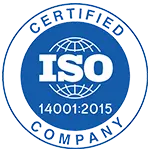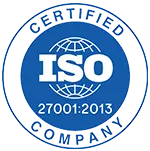If you work in the paper or packaging business, you already know things are not the same as they used to be. It’s not just about running machines and shipping boxes anymore. Today, you have to think about cost, machines breaking down, being kind to the planet, and using smart tools to help your team do better work.
Many factories still rely on paper checklists, sticky notes, or memory to track what needs fixing. That might have worked ten years ago, but not now. Machines break at the worst times. Workers get confused. Parts go missing. Orders get delayed. And no one knows why the same problem keeps coming back.
In this article, we’ll walk you through:
- What’s changing in the industry
- The biggest problems factories are facing right now
- How a simple tool called CMMS can help fix those problems
- How to start using it without making life harder for your team
Shifting Dynamics in the Paper & Packaging Industries
Let’s start with what’s different now. Three significant changes are transforming how paper and packaging factories operate.
First, more people are shopping online.
When customers buy online, they expect their packages to arrive fast, look nice, and be easy to open and recycle. That means factories have to make many different kinds of boxes, often in small batches. You can’t just run one big job for weeks anymore. You have to switch fast, waste less, and get it right the first time.
Second, factories are moving closer to customers.
Big companies used to make everything in one place — maybe overseas — and ship it everywhere. Now, they’re building smaller factories closer to where people live. That’s good because it cuts shipping time and cost. But it also means every factory has to run smoothly. If one machine breaks, there’s no backup plant to save you.
Third, everyone cares about the environment.
It’s not just governments anymore. Customers, schools, even kids are asking: “Is this box recyclable? Did you waste water making it? What happens to it after I throw it away?” If you can’t answer those questions, you might lose business. Being green isn’t a nice extra. It’s part of the job now.
Rising Challenges and Trends in Paper & Packaging Industries
Running a paper or packaging plant was never easy. But today, the problems are bigger — and they’re all connected. Let’s break them down one by one.
Operational and Cost Challenges in Paper & Packaging Industries
Everything costs more now — and profits are getting smaller. Here’s what’s hurting most factories:
- Electricity bills are sky-high. Large machines, such as paper rollers and dryers, consume a significant amount of power. When energy prices go up, your costs go up too fast.
- Materials cost more and change often. Wood pulp, recycled paper, glue, and ink — prices jump around every few months. It’s hard to plan your budget.
- Good workers are hard to find. Skilled mechanics and machine operators are in short supply. Training new people takes time, and while you’re training, machines might sit idle.
- Shipping is expensive and slow. Sending raw materials in or finished boxes out costs more than ever. And if a truck is late, your whole schedule gets messed up.
- Too much or too little stock causes trouble. Order too much paper? You waste money storing it. Order too little? You miss a customer deadline. Guessing doesn’t work anymore.
The answer? Better planning. Better tracking. Less waste. And that starts with knowing what’s happening in your factory every day.
Machine Reliability Challenges in Paper & Packaging Industries
Machines break. That’s normal. However, frequent breakdowns or those that occur at the worst possible times can cost you money, time, and customers.
Here’s what most factories struggle with:
- Old machines don’t give warnings. They run fine one minute, then stop dead the next. No one sees it coming.
- No one knows when to check or fix things. Some teams wait until something breaks. That’s called reactive maintenance, and it’s expensive.
- Spare parts are a mess. You might have 10 kinds of belts, but not the one you need. Or you order too many and waste money.
- Workers don’t share their knowledge. The night shift identifies a problem but fails to inform the day shift. So the machine breaks again.
- No one tracks which machine causes the most trouble. Without records, you can’t see patterns. The same bearing fails every 3 months, but no one remembers.
This isn’t just annoying. It’s expensive. Every hour a machine is down, you’re losing money. And fixing things in a panic costs more than fixing them on a schedule.
Sustainability Challenges in Paper & Packaging Industries Operations
Everyone says they want eco-friendly packaging. But making it and proving it is harder than it sounds.
Here’s why:
- Paper mills consume a significant amount of water and power. Making paper takes gallons of water and tons of steam. If you don’t track it, you can’t improve it.
- Mistakes create waste. A bad print run. A mis-cut box. A coating that peels off. All that gets thrown away, and it adds up.
- Customers want proof, not promises. Saying “we’re green” isn’t enough. They want to see data: How much water did you save? How much energy did you use? What percent of your material is recycled?
- New laws are coming. In Europe and parts of the U.S., companies must now track what happens to their packaging after people throw it away. That’s called Extended Producer Responsibility, and you’ll need records to prove you’re following the rules.
- If you lie or guess, you get caught. Calling something “compostable” when it’s not? That’s greenwashing, and it can get you fined or lose customers.
Being green means changing how you run your whole factory, not just picking a new box design.
Growing Importance of Data-Driven Paper & Packaging Industries Operation
You don’t need to be a tech expert to use data. You just need to let it help you.
Here’s how data makes life easier:
- Machines can warn you before they break. Sensors on bearings or motors can send alerts: “This part will fail in 2 weeks.” That gives you time to fix it, not fight it.
- Dashboards show you what’s working and what’s not. You can see which machine is slow, which one wastes power, and which one breaks most. No guessing.
- Workers get instructions on their phone. No more running back to the office for a work order. They can see what to fix, what parts to use, and how long it should take, right on the shop floor.
- Reports write themselves. Need to show how much water you saved last month? Or prove you followed safety rules? The system can pull the numbers for you, no spreadsheets needed.
- You stop making the same mistakes. If Machine #3 always jams on humid days, the data will show it. Then you can adjust the settings and avoid the problem.
Data doesn’t replace your team. It helps them work smarter, not harder.
Role of CMMS in Solving Paper & Packaging Industries Challenges
CMMS stands for Computerized Maintenance Management System.
That’s a fancy name, but it’s really just a smart digital tool that helps you:
- Keep track of what needs fixing
- Know when to fix it
- See what parts you have
- Record what was done and by whom
- Show proof that you’re following the rules
Think of it like a super-powered checklist, but one that remembers everything, reminds you what’s next, and helps you plan.
Here’s what CMMS can do for your factory:
- Stop machines from breaking suddenly. It schedules checkups, like taking your car in for an oil change before the engine blows.
- Save money on parts. It tracks what you have, what you use, and when to order more, so you never run out or overstock.
- Help new workers learn fast. They can look up a machine’s full history: “Last time this broke, we replaced the belt and adjusted the tension.” No more asking around.
- Cut downtime. Factories using CMMS see 20 to 30 percent less machine stoppage. That means more boxes made and more money earned.
- Prove you’re green. Log how much energy or water you saved. Show inspectors your maintenance records—print reports for customers who ask.
- Make your team’s life easier. Less stress. Less running around. Less guessing.
Many factories, big and small, are already using CMMS to run smoother, save money, and sleep better at night.
Preparing Paper & Packaging Industries for CMMS Implementation
Don’t try to change everything at once. Start small. Make it easy. Get your team on board.
Here’s how to do it right:
Step 1: Talk to Your Maintenance Team
Ask them: “What’s the biggest headache in your day?” Is it finding parts? Remembering schedules? Machines breaking without warning? Start there. Fix that first.
Step 2: Pick One Machine or One Line
Don’t roll it out to the whole factory. Pick one press, one folder, one coater. Use CMMS just for that. See how it works. Fix the bugs. Show the team how it helps.
Step 3: Choose a Simple System
Look for a CMMS that works on phones and tablets. Your workers won’t sit at a desk. They’ll use it while standing next to a machine. Make sure it’s easy to learn. No 50-page manuals.
Step 4: Train Everyone — More Than Once
Don’t do one training and walk away. Do short, 10-minute refreshers every week. Show them how it saves time. “See this alert? It told us to grease the bearing, so we didn’t lose 8 hours last week.”
Step 5: Celebrate Small Wins
Did CMMS help avoid a breakdown? Save $500 on parts? Cut overtime? Tell everyone. Put it on a whiteboard. Give the team credit. People work harder when they see results.
Step 6: Add More Machines — Slowly
After 4 to 6 weeks, add another machine. Then another. Continue until the entire plant is using it. Don’t rush. Make sure each step works before moving on.
Step 7: Keep Improving
Ask your team: “What could make this better?” Maybe they need a new report. Or a faster way to log a problem. Listen. Adjust. CMMS should help, not add more work.
This change works best when everyone is involved. Leadership needs to support it. Maintenance needs to own it. Operations need to use it. It only works as a team effort.
Summing it up
The paper and packaging industry is changing — fast. Customers want better boxes. Governments wish for greener factories. Workers want less stress. And you? You just want to hit your numbers without headaches.
The good news? You don’t need magic. You don’t need a huge budget. You can start using simple tools like CMMS to prevent problems, save on parts, and demonstrate a smart, clean operation.
You don’t have to do it all at once. Start with one machine. Fix one problem. Show your team how it helps. Then keep going.
We’ve helped dozens of factories just like yours make this change without drama, without chaos, without big risks.
If you’re ready to try, even just to ask questions, we’re here to help. Drop us a line at contact@terotam.com



